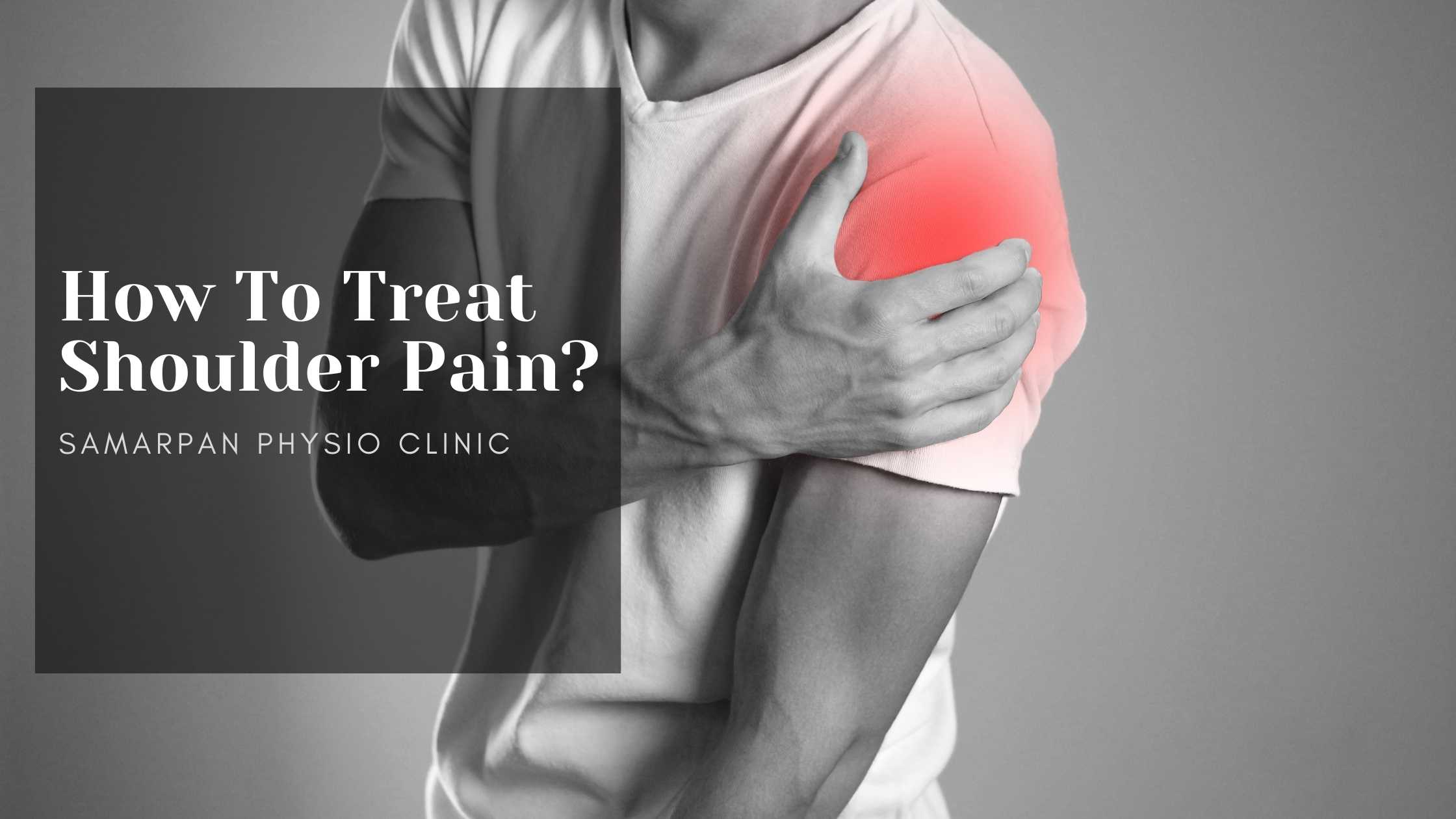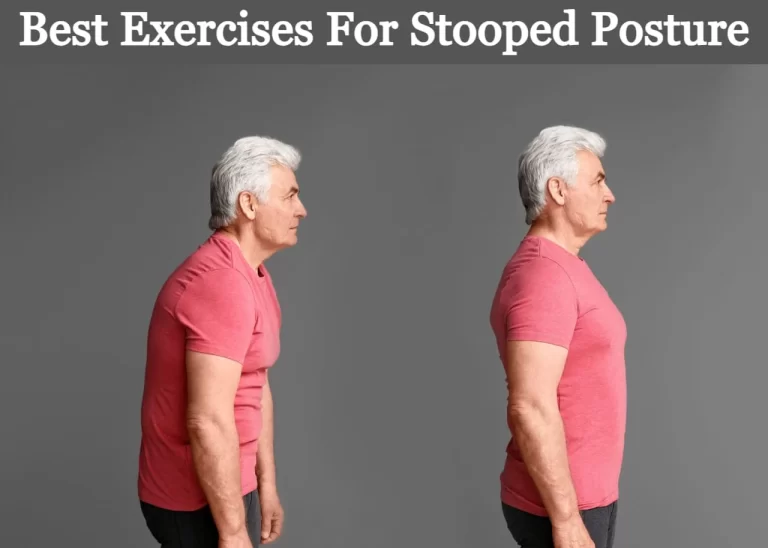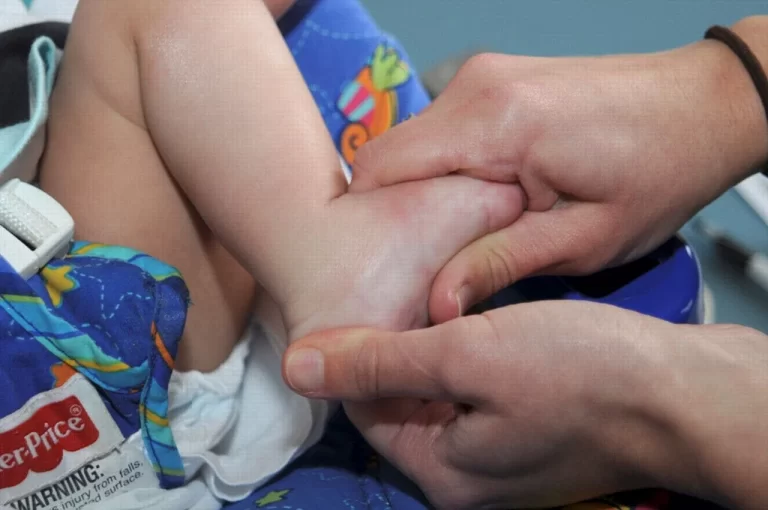Rotator Cuff Tear: Symptoms, Causes, Treatment & Prevention
We are going to tell you about “Rotator Cuff Tear”? You’ll also be going to know “Causes of Rotator Cuff Tear” and most importantly “What to do and How to prevent it“.
What Is a Rotator Cuff Tear?
A rotator cuff tear is a rip in the group of tendons and four muscles that stabilize your shoulder joint and let you lift and rotate your arm (your rotator cuff). It is also called a full-thickness tear or a complete tear.
When either one or more of the rotator cuff tendons is torn, the tendon no longer fully attaches to the head of the humerus.
In most of the rotator cuff tears, the tendon is torn away from the bone.
Most tears occur in the supraspinatus tendon, but other parts of the rotator cuff can also be involved.
In most of the cases, torn tendons begin by fraying. As the damage progresses, the tendon may completely tear, sometimes with lifting a heavy object.
There are some different types of tears.
- Partial Tear – This type of tear is also called as an incomplete tear. It damages the tendon, but does not completely sever it.
- Full Tear – Thickness tear, this type of tear is also called a complete tear. It also separates all of the tendon from the bone. With a full-thickness tear, there is basically a hole in the tendon.
Symptoms – Rotator Cuff Tear
You can not always feel a torn rotator cuff. But in some cases, you maybe like:
- Feel Shoulder pain when you move your arm in certain ways or lie on it
- Have trouble raising your arm
- Be unable to lift things like you normally do
- Have weakness in your shoulder
- Hear clicking or popping when you move your arm
You should see your doctor if you have any of these signs. If you do not do anything about a torn rotator cuff, you can have more serious problems over time that are coming. You can also end up with a frozen shoulder or arthritis that is harder to treat.
Causes – Rotator Cuff Tear
You can tear your rotator cuff in two ways: wearing down your tendons over time or injuring your shoulder or .
Worn down rotator cuff that tears is called a degenerative tear. Your risk of this goes up when:
- Occupation – Jobs like construction and house painters workers put you at a higher chance of rotator cuff tears.
- Lack of blood supply – As you get older, you might get less blood to your rotator cuff area, which can also make small tears hard to repair, leading to larger tears.
- Athletics – Baseball, rowing, tennis, and weightlifting are sports that stress your rotator cuff and put you at risk of tears.
- Bone spurs – Bone overgrowth in the shoulder, which happens more often as you get older, might wear away the rotator cuff tissues and cause tears.
- Age – Rotator cuff tears are most common in people who are 60+.
- Family history – Doctors think there could be a genetic piece to rotator cuff tears. They happen commonly in certain families.
Diagnosis – Rotator Cuff Tear
To find out that you have a torn rotator cuff, your doctor will start with a physical examination of the shoulder and a history of the injury. During the exam, they will check your range of motion and muscle strength. They will also see what movements make your shoulder hurt.
Also your doctor may use one of the following:
- X-rays to see if the top of your arm bone (humeral head) is pushing into your rotator cuff space.
- MRI that uses radio waves and a powerful magnet to make detailed pictures of your shoulder.
- Ultrasound to see that the soft tissues (tendons, muscles, and the bursas) in your shoulder.
Complications – Rotator Cuff Tear
If you do not treat your rotator cuff tear, you can experience weakness, or you could lose the ability to move your shoulder permanently. Your shoulder joint might deteriorate too.
You will need to rest your shoulder as you recover, but if you keep it still for too long your connective tissue can get tight and thicken up. This said frozen shoulder.
Treatment – Rotator Cuff Tear
Your doctor is likely to start with a combination of several treatments that includes:
- Physiotherapy to make your shoulder muscles stronger
- Rest to allow your rotator cuff to heal with time
- Medications like anti-inflammatory drugs and acetaminophen to help with swelling and pain
- You can also get exercises to do at home and suggestions that help you use your shoulder in safer, more comfortable ways in your daily life.
- Steroid injections into your shoulder joint, which may provide temporary pain relief
If those do not work, you may need surgery, especially if you have a complete tear. It is likely your doctor will need to stitch together the torn area or reattach the tendon to the bone.
In some cases, they may need to take out small pieces of tendon or bone that are stuck in your shoulder joint, or remove small areas of tissue or bone to give your tendon more room to move.
Physiotherapy Treatment :
Physiotherapy Treatment mainly depends upon your symptom’s, If you have severe pain then Pain relieving Electrotherapy modalities eg. Ultrasound Therapy, Interferential Therapy (IFT), TENS, HOT Pack, Cold Pack are Useful.
For Your Stiff shoulder, Relax full Range of motion exercise are helpful to maintain Range of Motion (R.O.M).
To strengthen weak muscles of Shoulder muscles, Initially Isometric exercise in Pain free mode then then gradually Hold and Relax exercise are Helpful to improve function of Shoulder joint.
Mostly combination of Medical treatment and Physiotherapy treatment are primary treatment and recover you completely, If Non-surgical treatment fails to recover then you advice to go for surgery
Surgical Treatment :
Types of Rotator Cuff Surgery are :
- Open – Your doctor uses larger instruments to go into the muscles of your shoulder and fix the tear.
- Mini-Open – This uses both arthroscopic and open methods. Your doctor starts with the arthroscope and finishes with larger instruments.
- Arthroscopic – Your doctor will make a small cut in your shoulder then use an arthroscope, a tube with a small camera and tiny instruments to fix the tear. This means that your recovery time will likely be shorter than it would with another type of surgery.
- Tendon transfer – If your tendon is too torn to reattach, the doctors might use another nearby tendon.
- Shoulder replacement – If the rotator cuff tear is large enough, you might need to have your shoulder joint replaced.
Outlook – Rotator Cuff Tear
After surgery, you will wear a sling for 5-6 weeks. Your doctor probably will tell you to do the following for your faster recovery:
- If you have swelling and pain in your shoulder, use an ice pack for about 15 – 20 minutes at a time.
- Take the sling off several times a day and move your wrist, elbow, and hand to get better blood flow in those areas.
- Important: Do not lift your arm at the shoulder until your doctor says it is OK.
How your recovery goes will mainly depend a lot on the size of the tear and how long your rotator cuff was torn. The smaller and more recent the tear would be, the better your chances of being pain-free and having a full range of motion.
You need to be patient. Recovery is a gradual process and it can take up to a year for you to have full use of your shoulder again, so do not rush.
Prevention – Rotator Cuff Tear
To reduce the risk of a rotator cuff tear, especially if you are in a high-risk category, you might do exercises to strengthen your shoulder area.
You should focus on both the front muscles of the shoulder, chest, and upper arm, also the back of your shoulder. This balances your muscles, also ask your doctor for exercise ideas to help strengthen your shoulder area.
Avoid Over-lifting activity specially in the gym workout or during working elsewhere.
Take enough rest in Between working hours or in the Gym
Avoid Painful exercise or painful lifting activity.








14 Comments